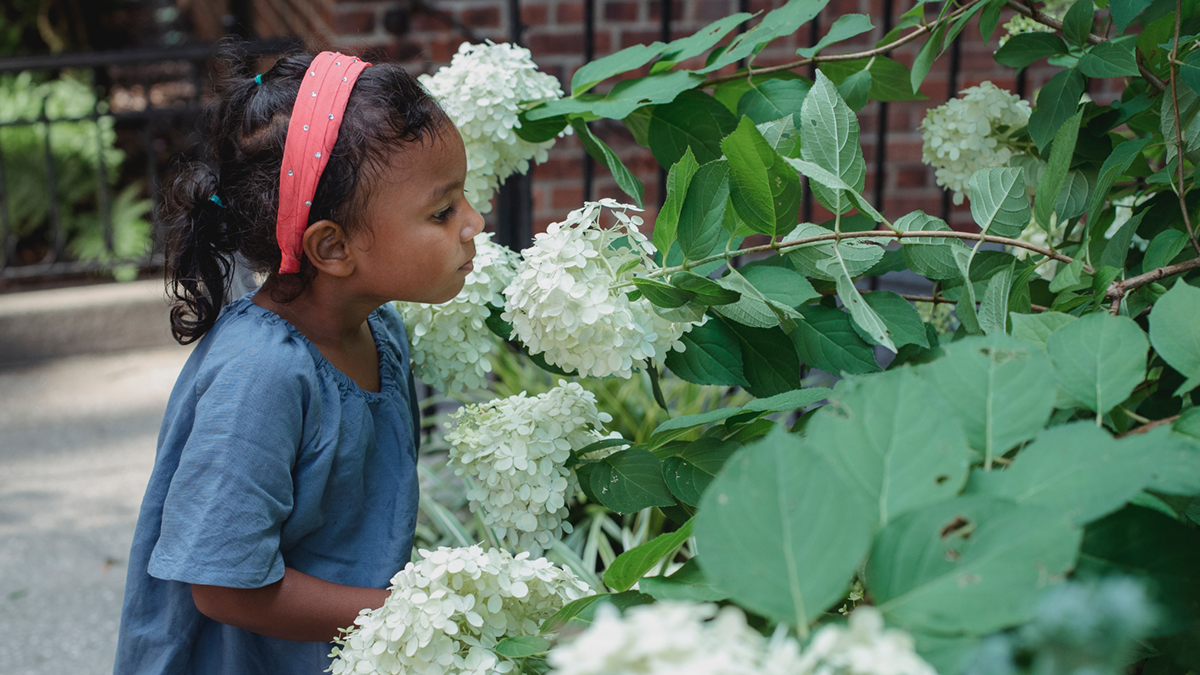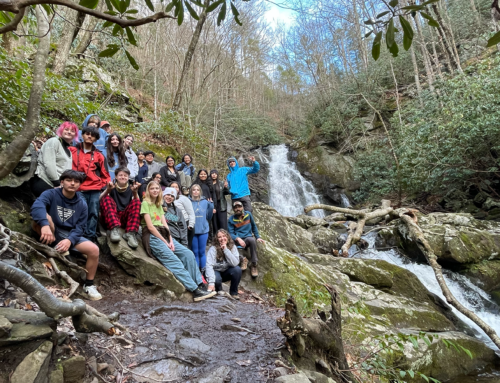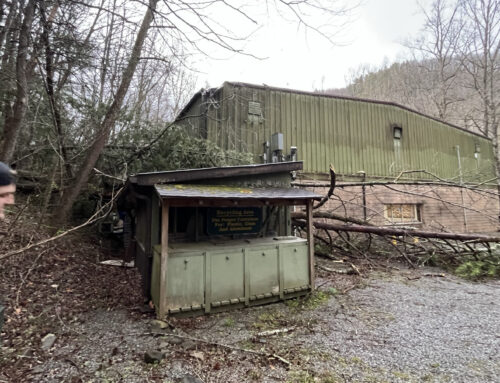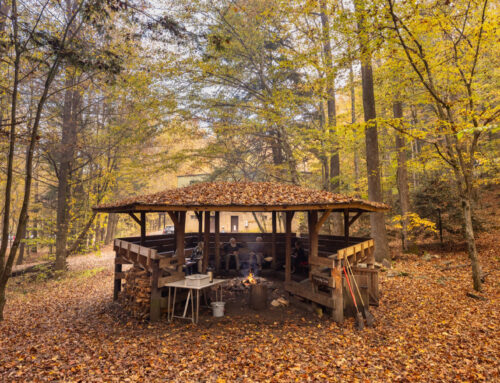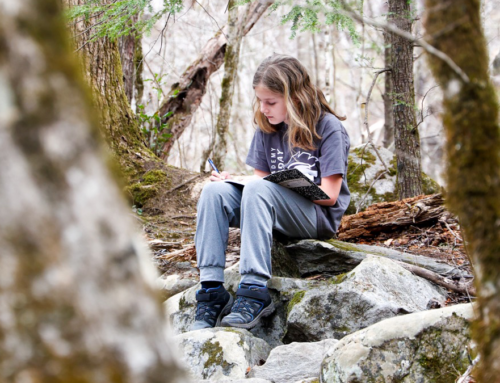A pizza garden? What about a book garden? The possibilities of the school garden are endless. School gardens have been shown to have a positive effect on student learning, health, and nutrition. They not only teach about plants and healthy habits but can also be used as a vehicle to work on math, science, and even reading and writing! Both students and teachers look forward to these opportunities as the classroom moves outside of the school building and into the garden.
This month, Schoolyard Network participants worked with Amber Ford, public health educator with the Knox County Health Department, to brainstorm ideas for themed gardens. They also shared ideas for incorporating the garden space into the various content areas taught throughout the year. Here are a few creative ideas that they came up with:
 The Pizza Garden – Grow all the ingredients to make a pizza including tomatoes, wheat, basil, oregano, peppers, and onions. There are so many opportunities to use lessons from this garden in the classroom! Teachers can incorporate:
The Pizza Garden – Grow all the ingredients to make a pizza including tomatoes, wheat, basil, oregano, peppers, and onions. There are so many opportunities to use lessons from this garden in the classroom! Teachers can incorporate:
- practicing the use and creation of timelines
- the fraction of each plant species in relation to the whole
- problem-solving skills when things (inevitably!) go wrong in the garden
- descriptive writing as students hone into the details of different ingredients
The Book Garden – Pick out a book with a garden theme and then try to recreate it such as Peter Rabbit or Tops and Bottoms. Other books that may serve as inspiration include The Tiny Seed, The Creepy Carrots, or Flowers are Calling. Use this garden to:
- practice ABCs categorizing plants based on their first letter
- have students create stories of their own based on the garden
- create story problems to use in practicing the math standards they are working on
Butterfly Garden – Include plants that will attract butterflies to your schoolyard. Include plants such as salvia, milkweed, ironweed, and goldenrod to get started! This garden may be used to:
- teach about pollination and/or the life cycle of the butterfly
- Help younger learners practice counting
- practice area and perimeter for older students
- Practice writing and storytelling by writing about the garden from the perspective of a butterfly or telling the story of visitors to the garden.
Feeling inspired to get started on your own school garden? Use the resources linked below to help you as you being your journey!
– Kids Gardening has lessons, activities, and a regular newsletter: Home – KidsGardening
– Growing Minds is based in the Southeast and also has lesson plans and activities: Lesson Plans – Growing Minds (growing-minds.org)
– Interactive planting calendar: *KidsGardening Interactive Spring Planting Calendar
– Creating theme gardens: Theme Gardens (kidsgardening.org)
– Safe plants for pre-K gardens: Plant List for Pre-K Gardens – Growing Minds (growing-minds.org)
Interested in more educator content like this? Tap into a network of teachers and local resource providers during friendly, informal monthly professional development and sharing sessions. The Schoolyard Network will provide ideas and encouragement for you to take back to your classroom, focusing on better teaching and learning using the environment as an integrating concept. There is no cost to participate.
Are you an East Tennessee educator? Check out the Schoolyard Escape taking place on May 14. This is a chance to connect and share with other regional educators, practice methods for harnessing your students’ innate curiosity and wonder as learners and (re)discover the joys of teaching in the outdoors.


